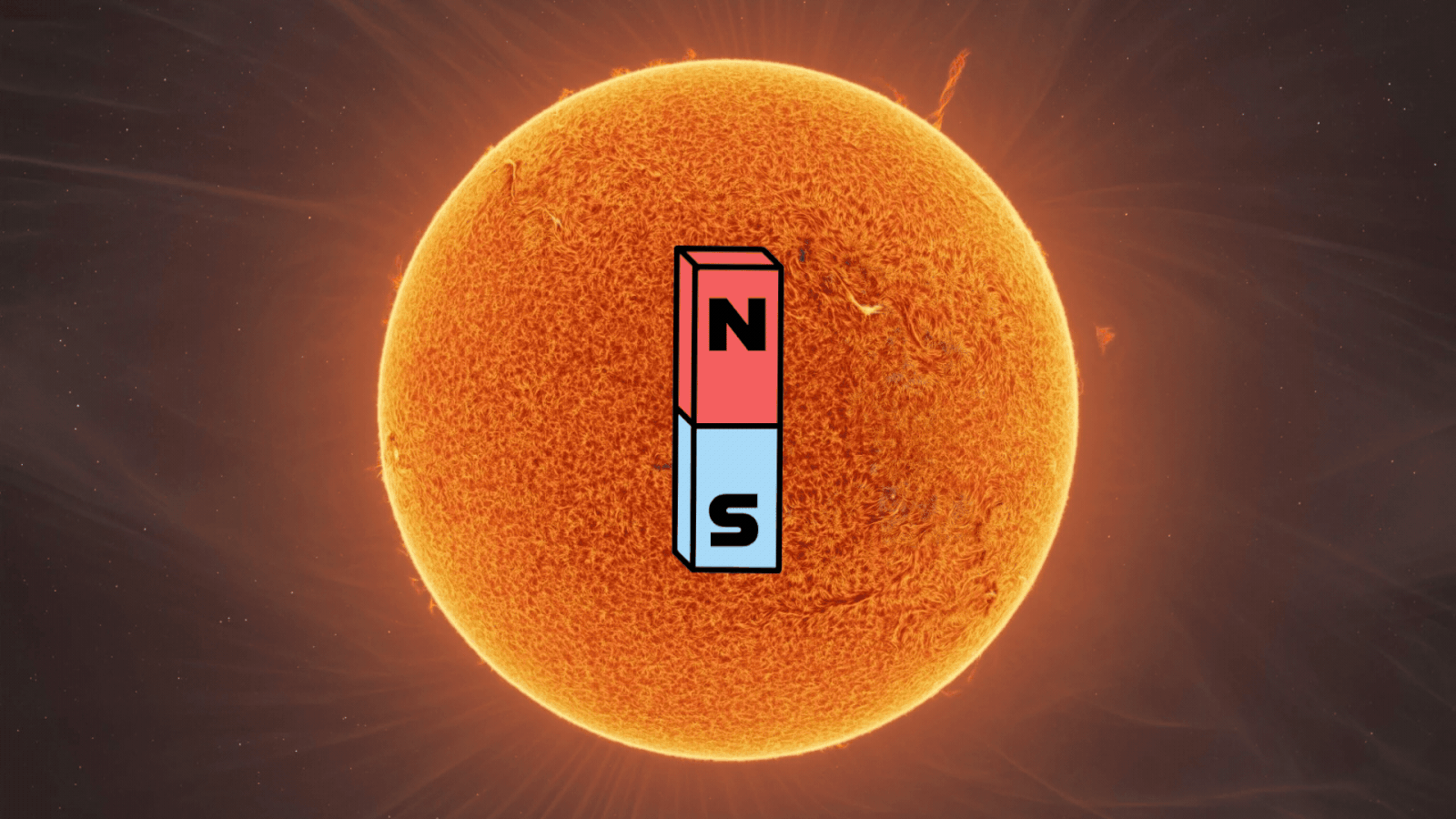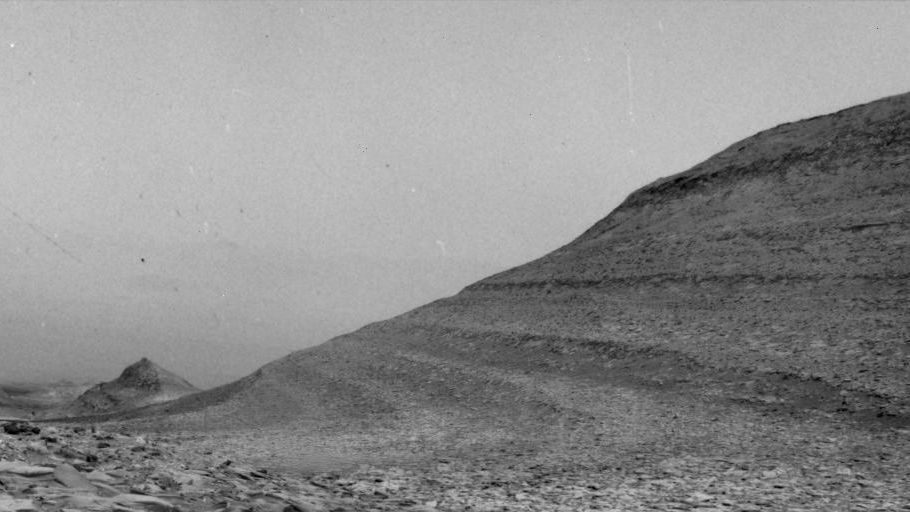
Gigantic sunfish that washed up on Oregon beach could be the largest of its species ever found
A rare giant hoodwinker sunfish that washed ashore Gearhart beach in Oregon could be the largest of its species ever sampled.

A rare giant hoodwinker sunfish that washed ashore Gearhart beach in Oregon could be the largest of its species ever sampled.

A manuscript written in the fourth or fifth century describes how Jesus brought clay birds to life as a child.

Fast radio bursts erupt in the sky around 10,000 times a day, but scientists still struggle to explain them. New research could put astronomers one step closer to a solution.

Records of orcas hunting sharks in the Gulf of California are on the rise, as experts say we may have underestimated how much this happens.

June's full "Strawberry Moon" rises one day after the summer solstice in the Northern Hemisphere. This will be the lowest full moon of the year.

Many of the silver and bronze coins were minted during the Gallus Revolt during the Roman era.

While navigating a remotely operated vehicle in the Gulf of California, scientists spotted a brooding squid cradling translucent eggs.

The Voyager I spacecraft went haywire last year, but NASA engineers say they have finally fixed its data transmission systems and are receiving usable signals from all four science instruments.

The male Y chromosome in humans is evolving faster than the X. Scientists have now discovered the same trend in six species of primate.

The appearance this week of the three bright Summer Triangle stars — Vega, Deneb and Altair — marks the beginning of summer in the Northern Hemisphere. Here's how to spot them.

Researchers have developed an imaging chip for mobile devices that uses high-frequency radio waves to ‘see’ through objects.

When the sun reaches its period of peak activity, known as solar maximum, our star's magentic field will suddenly reverse. But why does it happen, and will it impact Earth?

Deal Save $300 with this Garmin Enduro 2 fitness tracker deal at Amazon right now and bag one of the best fitness smartwatches for less.

Gum is full of non-food items, like resins, emulsifiers and softeners. So what happens when we swallow a piece?

This 2018 satellite photo of ice caps on the Arctic islands of Russia's Severnaya Zemlya archipelago highlights the beautiful concentric rings of color in the ice, which stand out against the islands' barren landscape.

New research shows it's possible to use ultrasound waves to monitor activity in the human brain.

Snapped from lunar orbit in 1968 by NASA astronaut Bill Anders, who died this week at age 90, 'Earthrise' is perhaps the most iconic image of our planet ever taken.

Earth's day used to be five hours shorter, and it's predicted to continue lengthening over time.

A powerful solar storm in May 2024 created auroras on Mars and provided scientists with crucial information that could aid future crewed missions to the Red Planet.